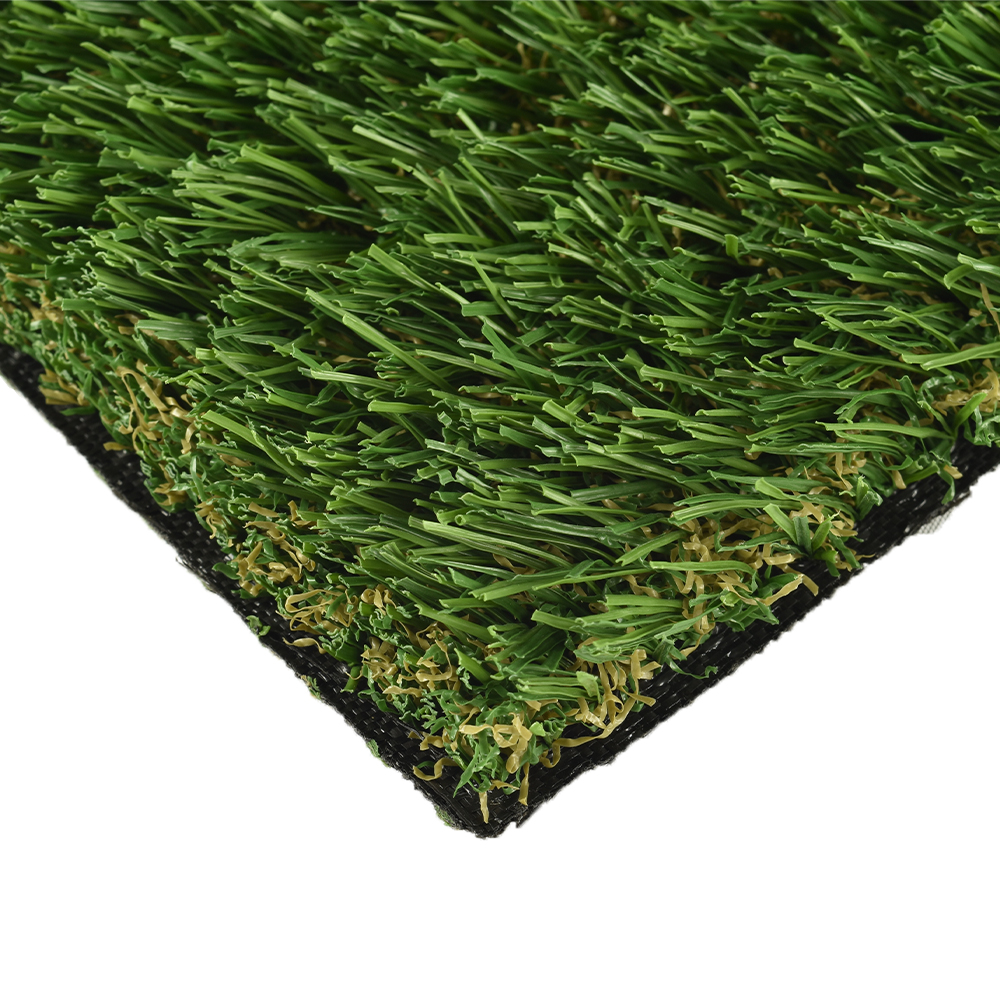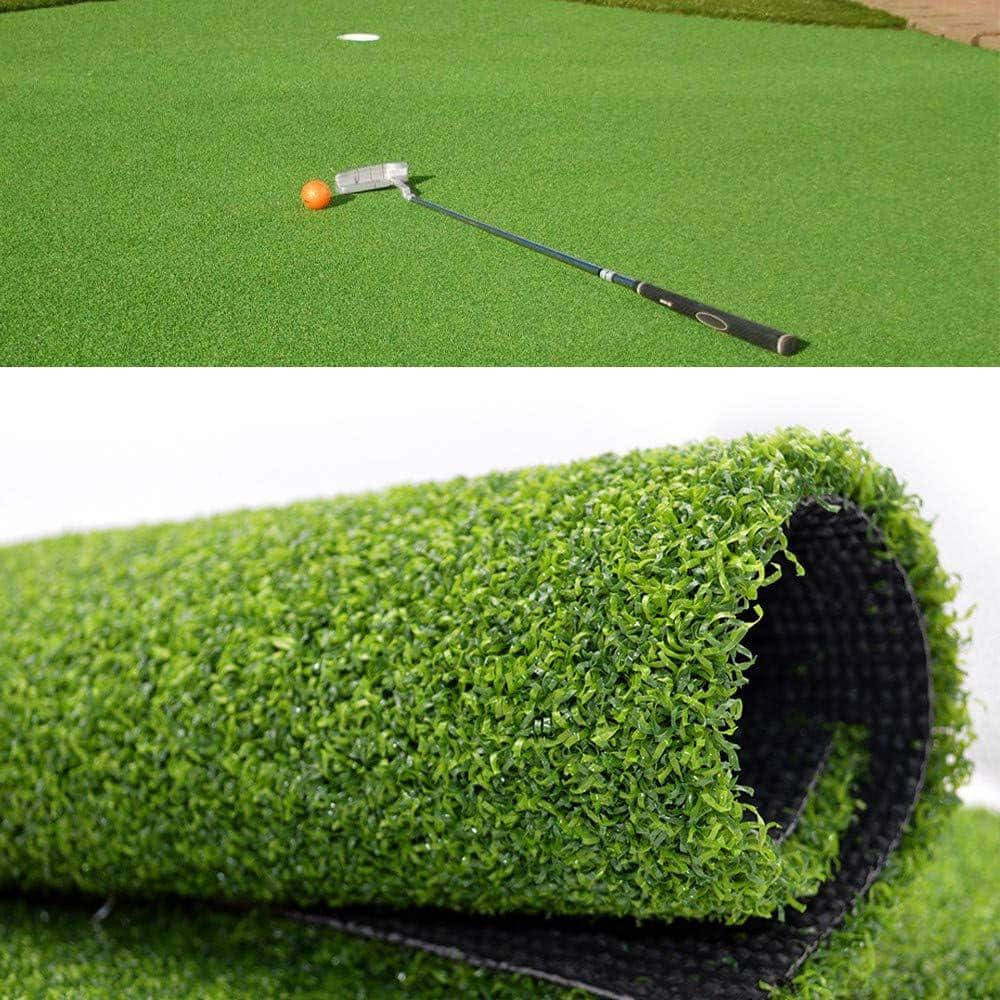Choose the Best Artificial Turf Companies Phoenix for Your Home or Business
Choose the Best Artificial Turf Companies Phoenix for Your Home or Business
Blog Article
Explore the Environmental Perks of Opting for Synthetic Grass Solutions
The adoption of artificial lawn options provides a compelling possibility to attend to pressing ecological difficulties. By substantially decreasing water usage and decreasing the application of unsafe chemicals, these options not only advertise lasting landscape design but also shield regional environments. Additionally, the lower carbon impact connected with reduced upkeep tasks adds to an extra sustainable strategy to land monitoring. Nonetheless, the ramifications of these advantages prolong past simple preservation efforts, questioning regarding their lasting effect on environment preservation and total ecological equilibrium. Checking out these measurements reveals a complex interaction worth taking into consideration.
Water Preservation Perks
Among one of the most substantial benefits of fabricated lawn is its capacity to preserve water. Standard yard yards call for considerable watering, particularly in areas susceptible to drought or water restrictions. On the other hand, synthetic grass does not require watering, dramatically reducing the overall demand for water sources. This attribute is especially advantageous in deserts where water scarcity is a pressing concern.
By eliminating the demand for regular watering, fabricated grass adds to sustainable landscape techniques and assists minimize the environmental influence of excessive water intake. Furthermore, the preservation of water encompasses the decrease of drainage, which can result in dirt erosion and river air pollution.
Additionally, the installment of synthetic grass permits municipalities and house owners to designate water sources more effectively, concentrating on crucial uses such as drinking water and agriculture. The change in the direction of fabricated grass not only advertises liable water use but likewise lines up with more comprehensive ecological goals targeted at protecting natural deposits.
As communities increasingly prioritize sustainability, the water conservation benefits of man-made lawn offer an engaging situation for its fostering in residential and commercial landscaping projects.
Decreased Chemical Usage
The shift to synthetic grass dramatically lowers the dependence on chemical therapies generally made use of in all-natural yard maintenance. Typical lawn monitoring generally involves the application of herbicides, fertilizers, and chemicals to promote growth and control pests. These chemicals can posture threats to human wellness, regional wildlife, and the setting, adding to soil and water contamination.
On the other hand, synthetic turf removes the requirement for these unsafe materials. When set up, it needs minimal maintenance, mostly including normal cleansing and irregular infill replenishment. This decrease in chemical use not only profits the instant environment yet additionally adds to wider environmental security. By reducing the release of artificial compounds right into the community, fabricated grass promotes much healthier soil and water supply.
Additionally, the absence of chemical overflow connected with man-made lawn setups aids protect regional rivers from pollution, sustaining marine life and maintaining biodiversity. Arizona artificial turf. As communities progressively focus on lasting practices, selecting synthetic grass provides a sensible solution that lines up with ecological conservation goals. With this change, homeowner can enjoy lush environment-friendly rooms without compromising environmental wellness, leading the way for a much more lasting future
Reduced Carbon Impact

Moreover, the installment of synthetic grass can lead to significant water preservation. Natural lawns need significant quantities of water for web link watering, which not just includes in the carbon impact related to water extraction and treatment but likewise stress regional water sources. On the other hand, synthetic grass requires very little maintenance, requiring no watering, therefore dramatically reducing water usage and its associated energy costs.
In addition, the long life of synthetic grass adds to its lower carbon influence. With a life-span of approximately 15 years or even more, the requirement for regular replacements is decreased, resulting in less waste and reduced power usage in manufacturing and taking care of typical yard options. Generally, synthetic grass offers a lasting option for eco aware landscape design.
Habitat Preservation
Environment conservation is an important consideration in the debate over landscape design options, especially when comparing synthetic grass to natural grass. All-natural turf yards often call for substantial maintenance, consisting of using fertilizers, herbicides, and chemicals, which can adversely influence regional ecosystems. These chemicals can seep into the dirt and waterways, damaging native vegetation and fauna and interrupting regional environments.
On the other hand, synthetic grass offers a chance to reduce the environmental impact of landscaping. By choosing synthetic yard, house owners can minimize the interruption of all-natural habitats linked with traditional yard treatment practices. Synthetic grass gets rid of the demand for hazardous chemicals, therefore protecting close-by wild animals and maintaining the stability of bordering communities. The installment of fabricated turf can lead to the conversion of former yard locations into more biodiverse landscapes, such as pollinator yards or native plant areas, which can support regional wild animals.
Inevitably, the change to synthetic grass not only conserves water and minimizes maintenance efforts yet additionally cultivates a much more unified connection between human activities and the native environment, advertising environment preservation at the same time.
Long-Term Sustainability
Long-term sustainability is an important element in examining the advantages of synthetic turf over typical yard yards. One of one of the most substantial advantages of synthetic grass is its durability; it can last approximately 15-20 years with very little maintenance, whereas all-natural lawn requires constant news reseeding and substitute. This longevity lowers the requirement for constant sources, such as water, fertilizers, and chemicals, which are necessary for preserving a healthy and balanced turf lawn.
In addition, synthetic grass adds to a reduction in carbon exhausts related to lawn treatment tools. Conventional grass usually need gas-powered lawn mowers, trimmers, and blowers, every one of which contribute to air contamination. Turf installation phoenix az. In comparison, synthetic grass eliminates the requirement for such equipment, advertising a cleaner environment
Moreover, the production of artificial grass increasingly uses recycled products, enhancing its sustainability profile. As suppliers adopt eco-friendly methods, the ecological impact of synthetic grass proceeds to lessen.

Verdict
The adoption of synthetic lawn options provides significant ecological advantages, consisting of considerable water preservation, reduced reliance on hazardous chemicals, and a reduced carbon footprint. Synthetic lawn aids in protecting natural habitats by decreasing land disturbance and advertising lasting sustainability with the usage of durable materials. Jointly, these factors check out this site emphasize the potential of synthetic grass to contribute favorably to environmental health and wellness and offer a sensible option to traditional landscaping methods in an increasingly resource-conscious world.
In comparison, fabricated turf does not need watering, significantly reducing the general need for water sources. By minimizing the release of synthetic compounds right into the ecological community, artificial turf promotes healthier dirt and water systems.
In addition, the installment of artificial turf can result in considerable water conservation. In contrast, man-made lawn requires marginal upkeep, calling for no watering, therefore significantly minimizing water use and its linked power prices.

Report this page